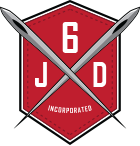J6 is your source for quality products and customer satisfaction. Our professional designers will work with any custom design as well as work with you to design the perfect patch for you. Our state of the art equipment will ensure your patches are produced at the highest quality. All of the patch examples on our site are here to show the quality of our products and are not for sale. If you would see something that you like, you may contact customer service and we will be happy to design something that we are sure you will be happy with.
BACKGROUNDS – The most common are twill and fully embroidered backgrounds. Twill is a polyester fabric that is used to embroider the main image on. Twill is available is a multitude of colors. Fully embroidered backgrounds are made entirely of fill stitch embroidery. The amount of colors available is larger than the twill supply. Twill is less expensive than full embroidery, but using twill can limit your desired design.
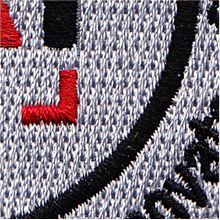
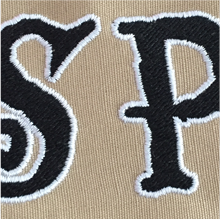
BORDERS – This is not a mandatory feature for your patch design. A patch boarder is simply a colored outline for your patch. There are two types of patch boarders: merrowed, and satin stitch. A merrow boarder is put on after the patch embroidery is done and the patch is cut. It wraps around the edge from the front to the back. Merrow boarders are approximately 1/8″ wide, and are used primarily on symmetrical shapes (circles, ovals, squares, rectangles). Satin Stitch boarders are produced as part of the patch embroidery. The patch is cut out after with a laser cutter or hot knife. A satin stitch is primarily used on patches with irregular shapes.
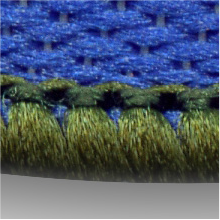
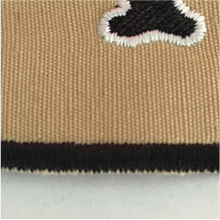
DESIGN GUIDELINES – The most important ideal to remember is that embroidery and print are very different. The smallest line in embroidery is the thickness of one thread (1 mm.). Color blends are achievable; however they will not be as smooth as a digital image. Another important consideration is the size of the lettering on the patch. Typically images are produced using a satin stitch, but if the element of the image is too small it is produced with a run stitch (single line of thread). We will be happy to make suggestions in an effort to have the best possible product.
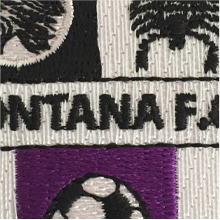

BACKING – This element of the patch gives structure to the material. The most popular is PVC. This type of backing is used with patches that will be sewn onto the garment. Another option is for heat transfer patches. This is an adhesive material that is activated through a heat press or iron. This type of backing is not recommended for large patches and is not removable after garment application. The third option is a Velcro backing. This is used primarily in law enforcement and military applications.

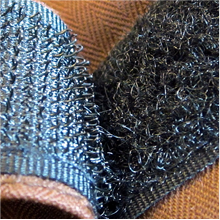
Visit our GALLERY PAGE to see some samples of patches we have made!

